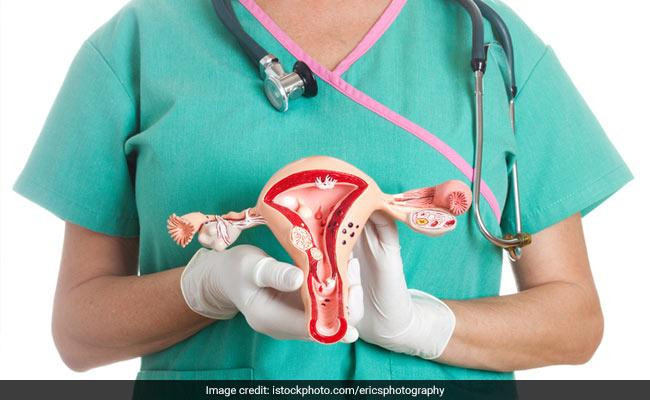Make an appointment with your gynecologist if you're having problems becoming pregnant or if you're experiencing any strange symptoms. If your doctor suspects you may have hydrosalpinx in one or both fallopian tubes, a number of tests may be performed.
Hysterosalpingogram (HSG)
This imaging approach includes inserting a liquid into your uterus and then utilizing x-ray imaging to determine where the liquid may flow. If your fallopian tubes are normal, the imaging will show liquid emptying into the pelvic cavity from each tube. If the liquid does not flow easily through one or both tubes, this might suggest a blockage.
Ultrasound
An ultrasound can detect an enlarged fallopian tube. The hydrosalpinx is considered severe if the swelling is large enough to be noticed by ultrasonography.
Laparoscopy
A laparoscopy is a minimally invasive surgical intervention procedure in which the doctor inserts a narrow, flexible equipment called a laparoscope via a small incision in the abdomen. The end of the laparoscope is equipped with a lighted camera to allow the doctor to view the inside of your pelvic cavity. Your doctor will insert a dye via your cervix into your uterus and use a laparoscope to check whether the dye runs out of the fallopian tube. If it doesn't, it might be a sign of a hydrosalpinx.
For more information, consult Dr. Arohi Tasgaonkar one of the best Gynaecologist in Bethany Hospital Thane.

